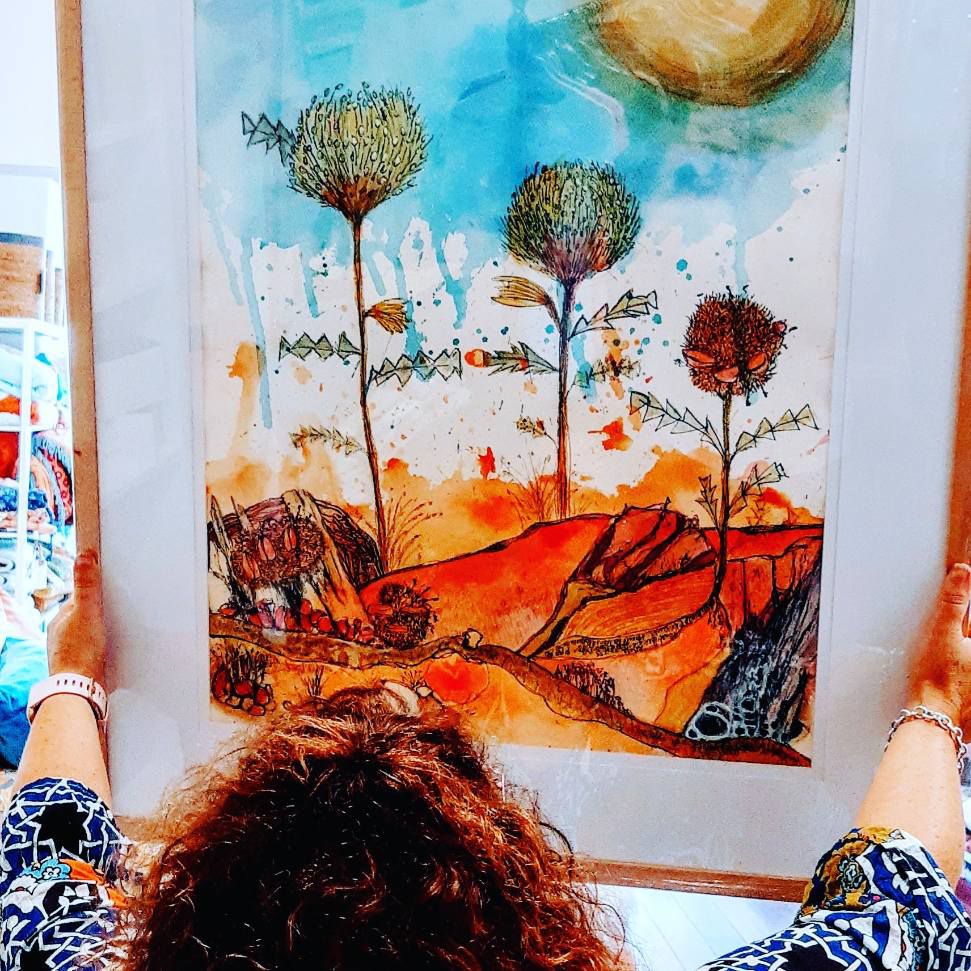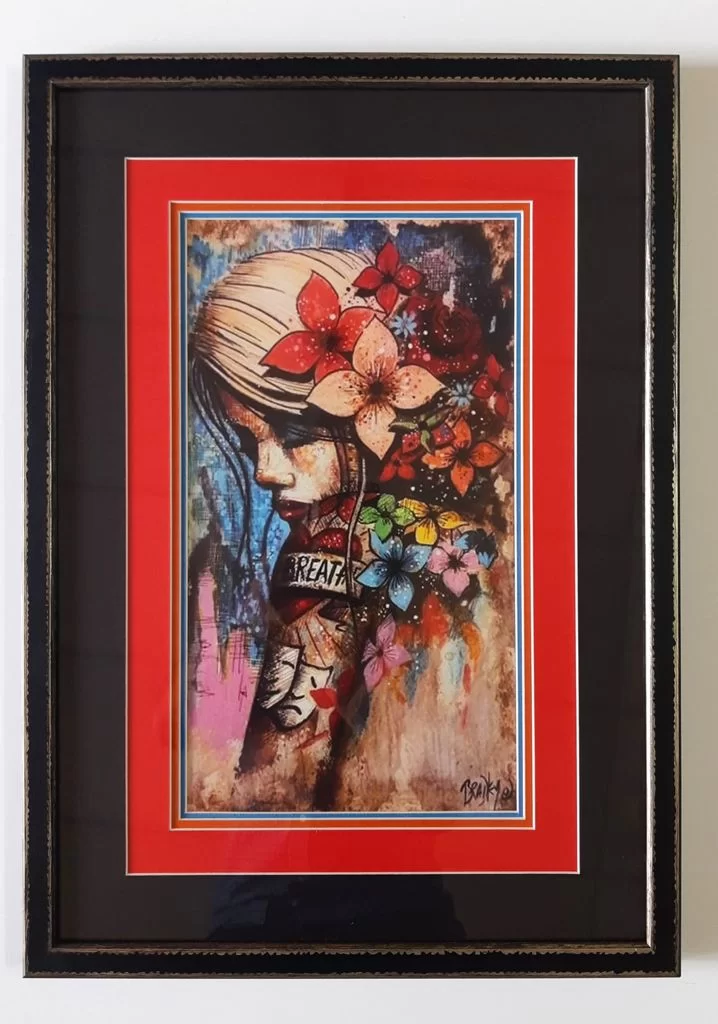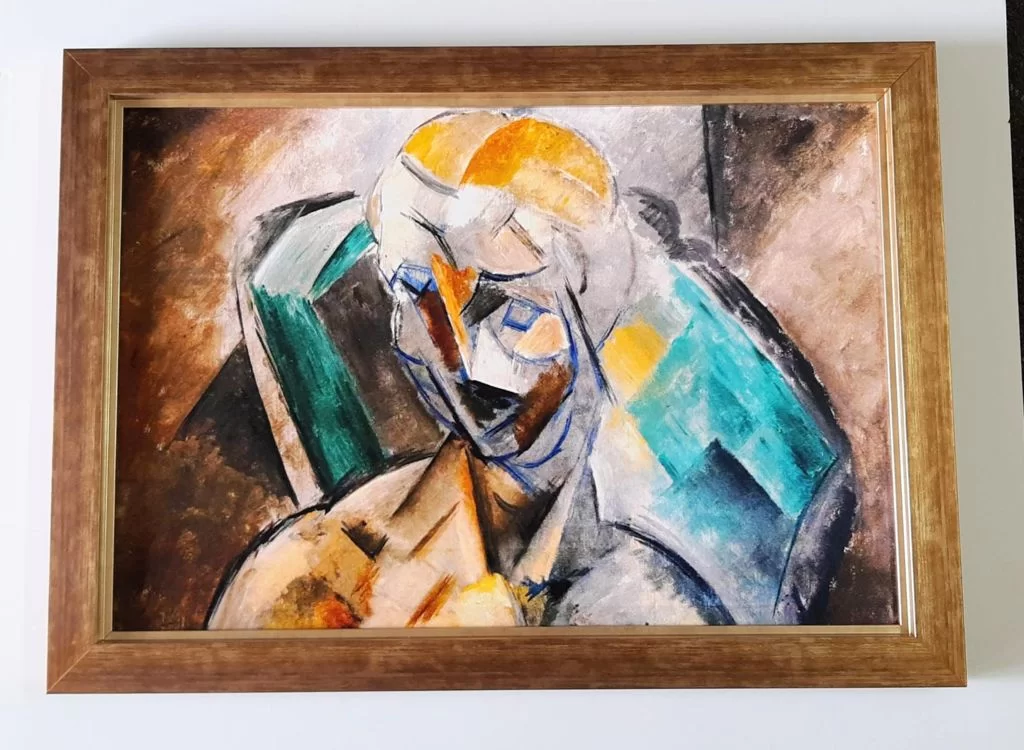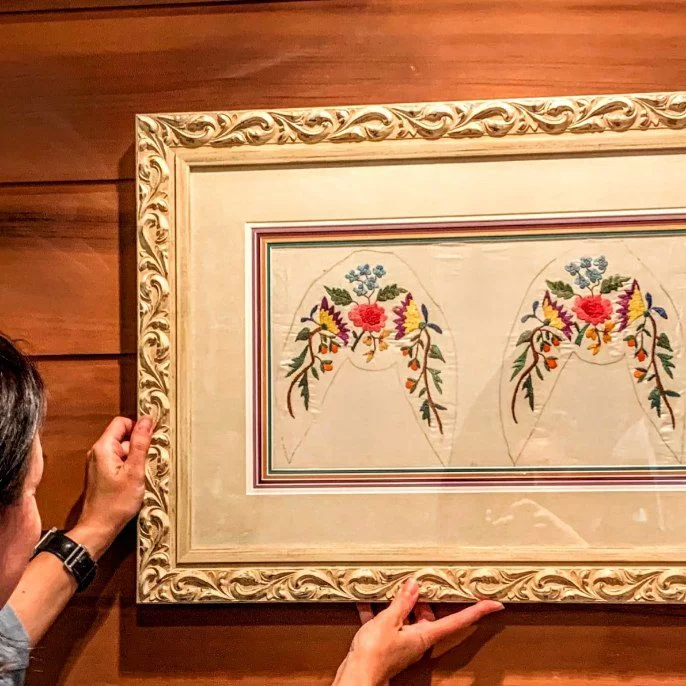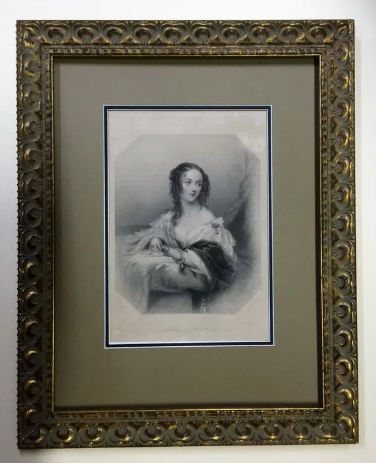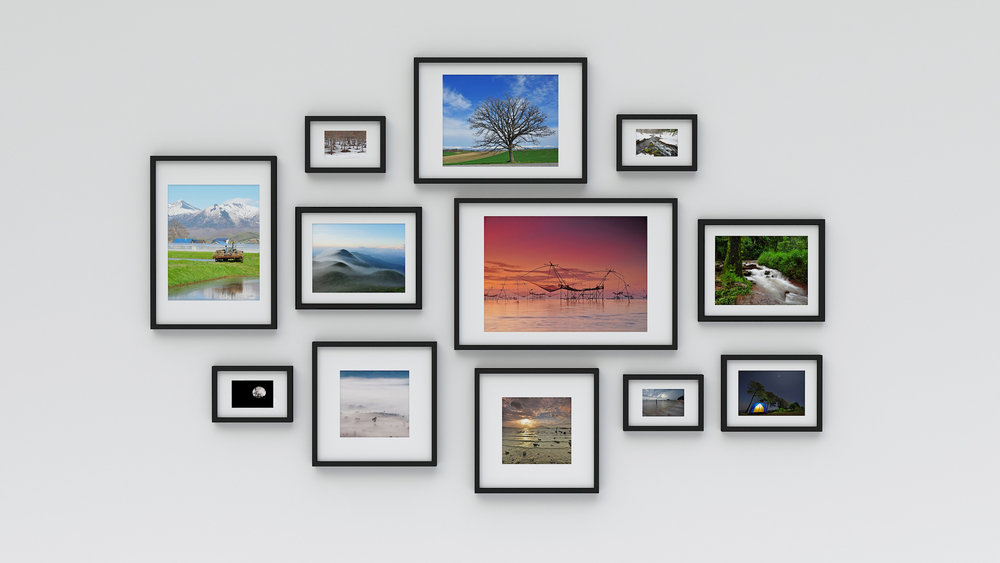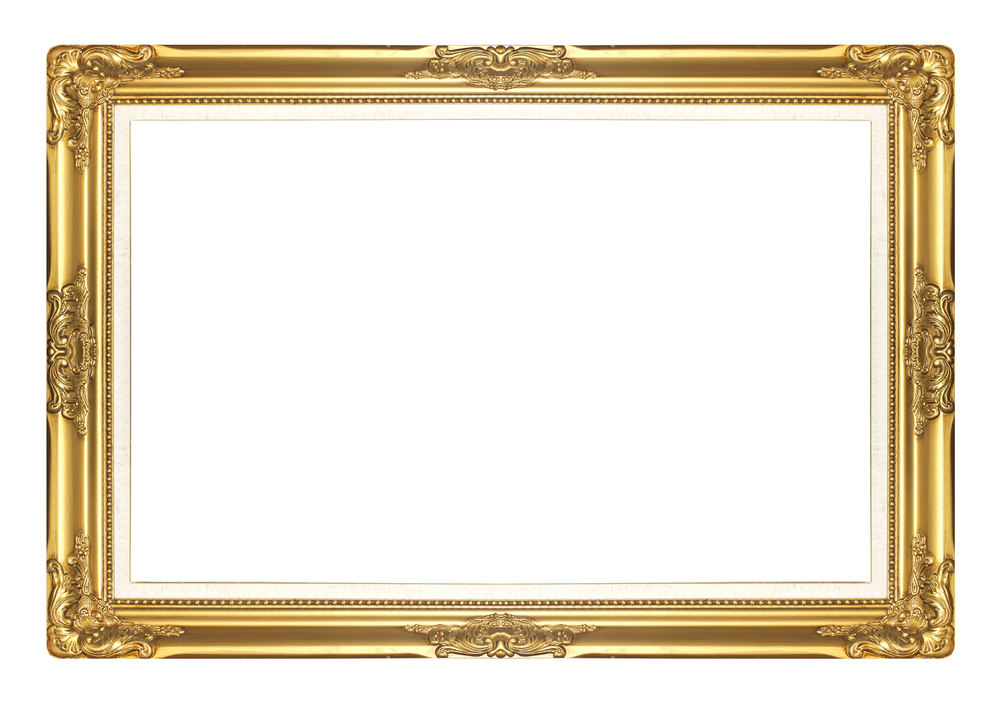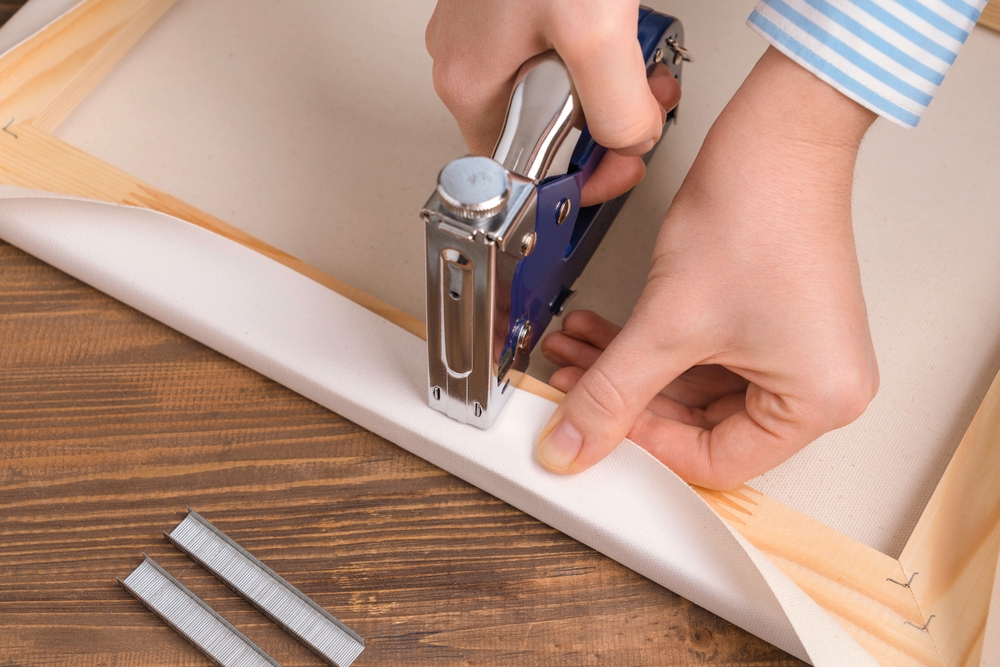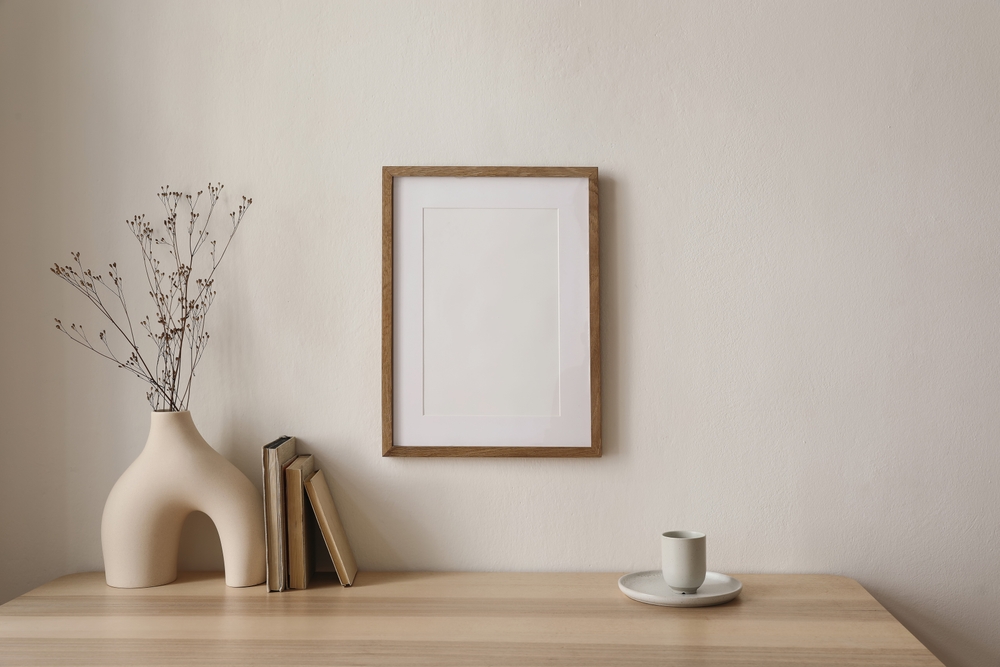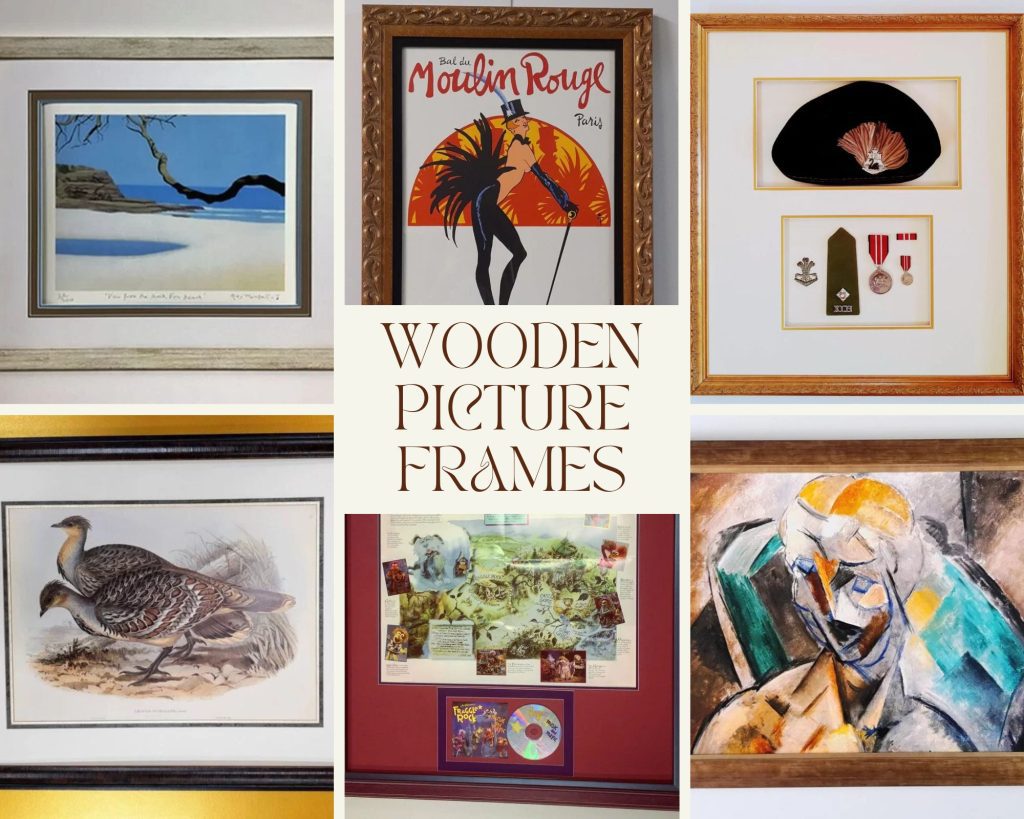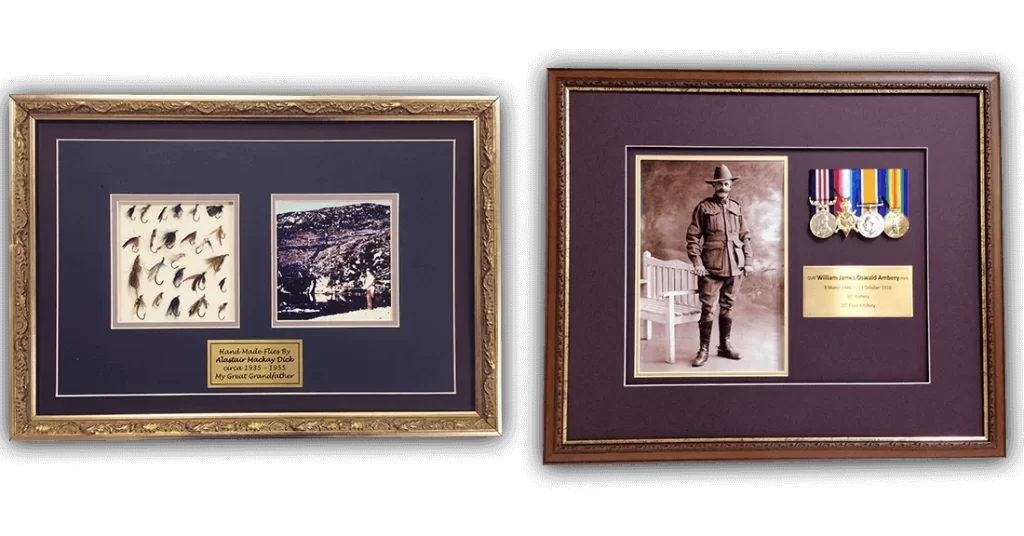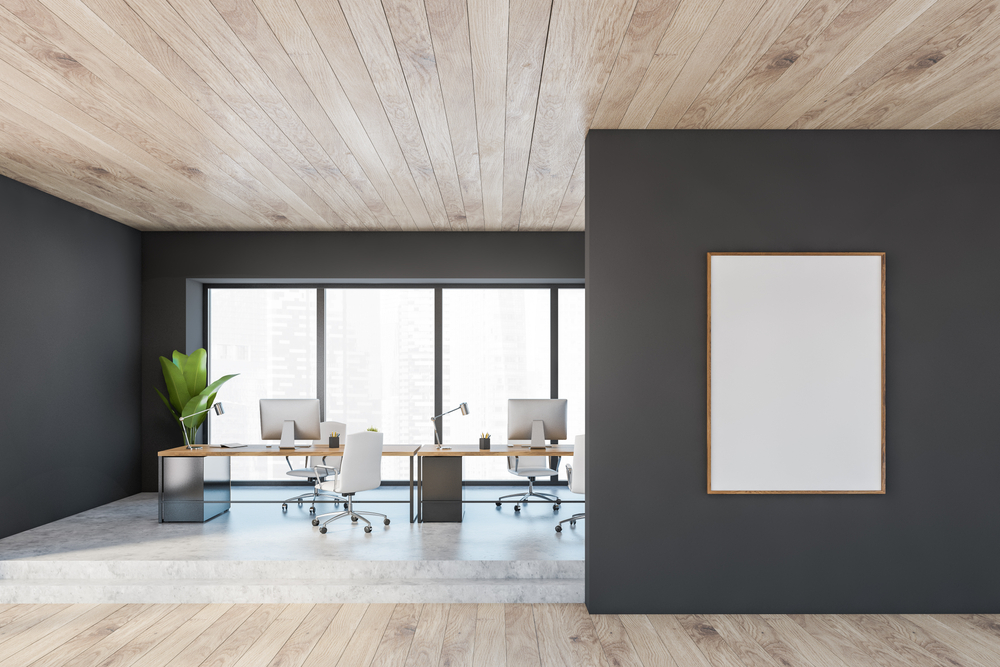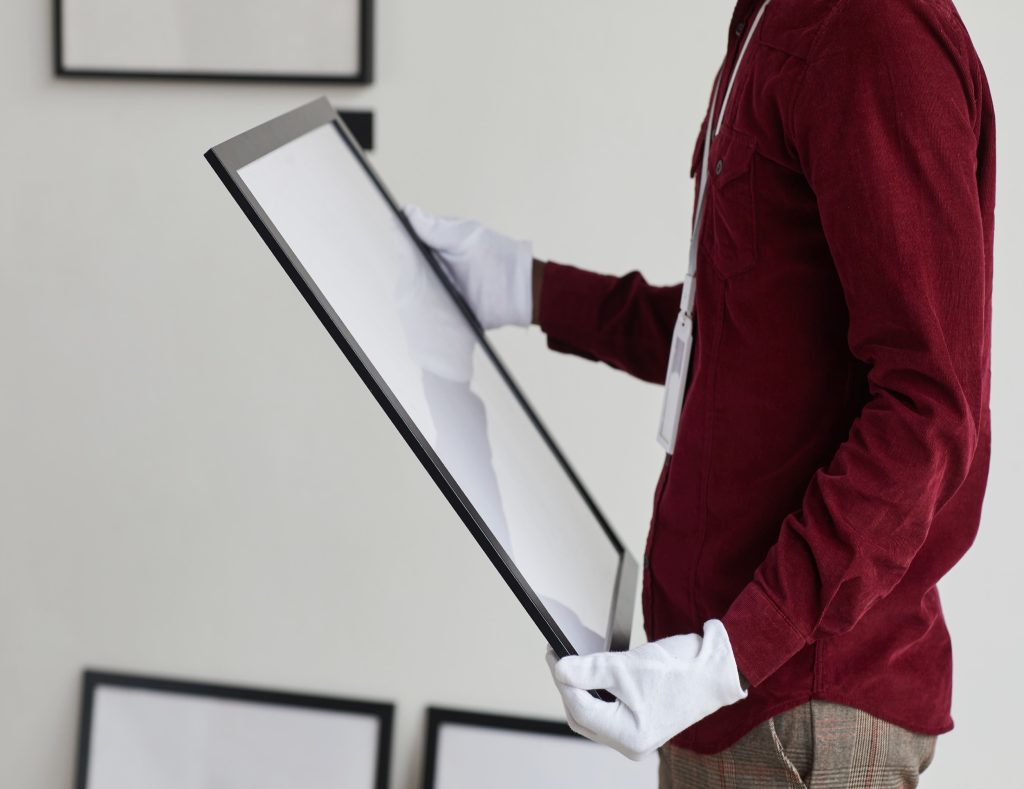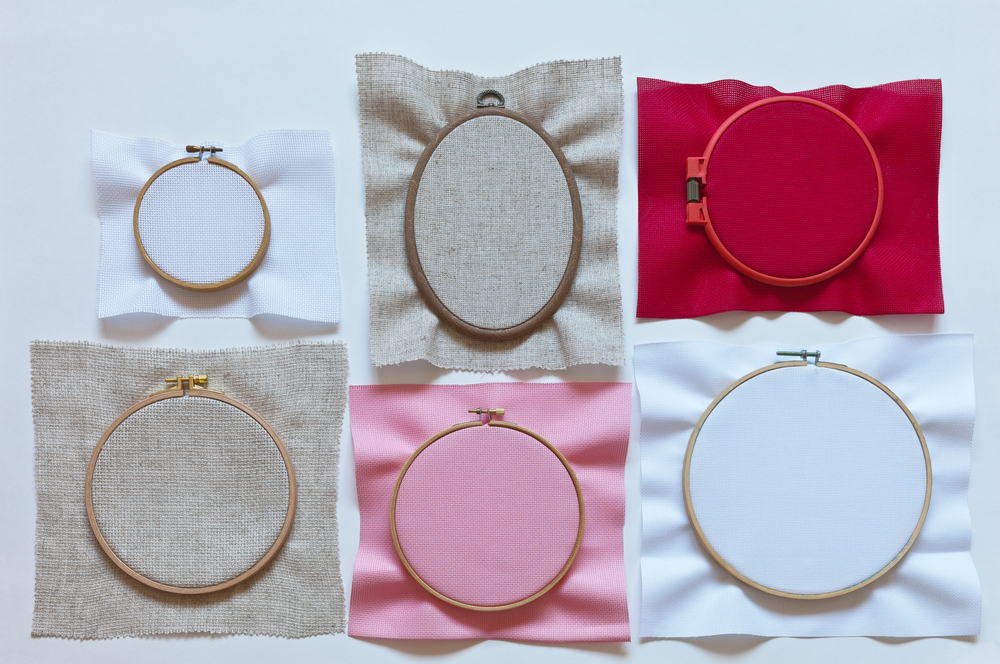How Modern Memorabilia Framing Preserves Your Memories for Years
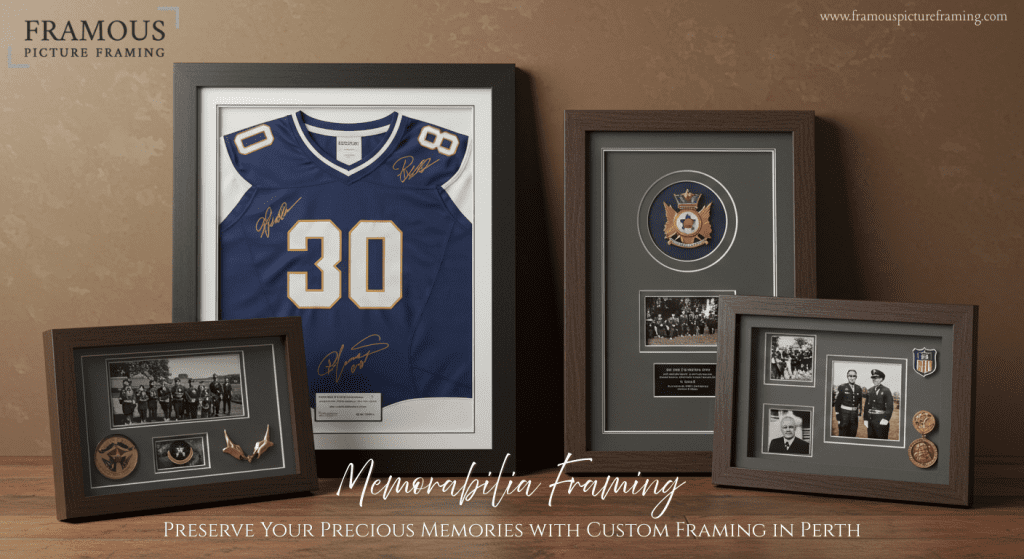
Are your precious memories slowly fading away in a drawer or gathering dust on a shelf? Everyday threats like sunlight, humidity, dust and even cheap adhesives can slowly destroy cherished keepsakes.
No Worries. Modern memorabilia framing can protect and preserve your memories for years. This museum-quality custom framing uses archival materials, UV-filtering glass and careful mounting so your memorabilia stays vibrant, safe and ready to display.
In this guide, we’ll explain what modern, museum-grade memorabilia framing really means and involves. You’ll explore the key techniques used to preserve your personal history, common pitfalls to avoid, and tips for caring for your treasures long-term.
So, let’s get started to keep your memories alive for generations to come.
What is Memorabilia Framing? Why ‘Museum-Grade’ Matters
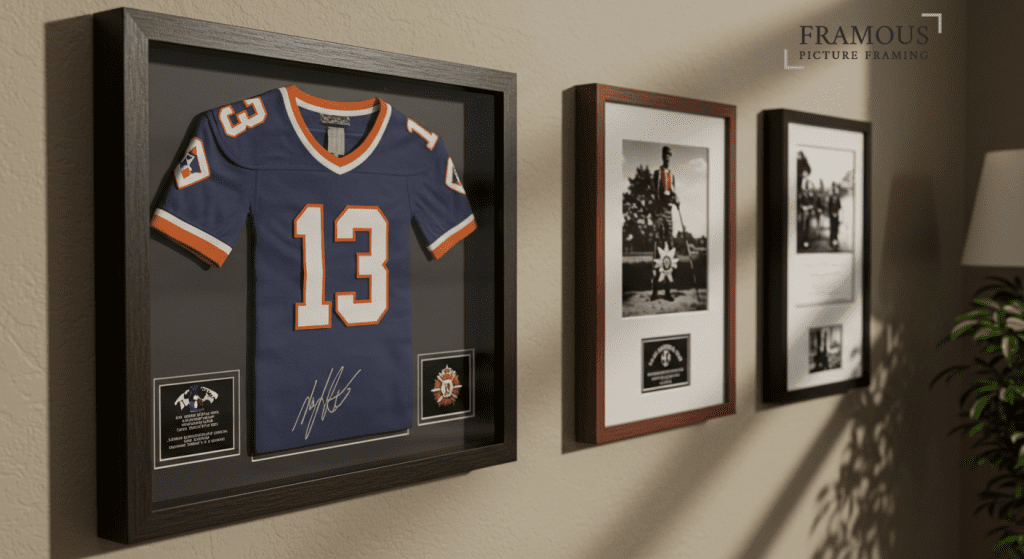
Memorabilia framing is the specialised process of framing items that hold sentimental, historical, or collectible value. This includes signed sports jerseys, vintage photographs, military medals, autographed items, concert tickets, or artwork.
Unlike ordinary picture framing, museum-grade memorabilia framing uses archival, conservation-quality materials and methods to protect these treasures.
Here’s why custom memorabilia framing truly stands out:
- Real conservation, not just display. Archival mats, acid-free backings and UV-filter glazing help prevent deterioration.
- Heirloom protection. A professional frame preserves your story so it can be passed down.
- Perfect fit for irregular items. Custom framing handles jerseys, medals and textile pieces that off-the-shelf frames can’t.
- Personalised presentation. Engraved plaques, labelled provenance cards or QR codes add context and meaning.
- Value retention and enhancement. Proper framing preserves, and often increases, perceived and market value.
Popular Memorabilia Items and Their Framing Needs
You’d be surprised how many things can become wall-worthy artworks. Here’s a list of the most popular types of memorabilia commonly framed:
- Sports apparel & jerseys — require shadow boxes, spacers and padded mounts to avoid contact with glass.
- Medals, badges & awards — mounted on inert fabrics with plated plaques to preserve provenance.
- Photographs & prints — use acid-free mats, conservation mounting and UV protective glazing.
- Textiles, tapestries & stitchwork — need gentle, non-invasive fixing and often padded supports or rolls for storage.
- Paper ephemera (tickets, letters, posters) — encapsulated professionally with archival materials to prevent acid migration.
Each of these items requires unique framing techniques, which is why custom framing is essential to preserve their value and visual appeal.
Memorabilia Framing Techniques & Materials That Keep Your Memories Safe for Years
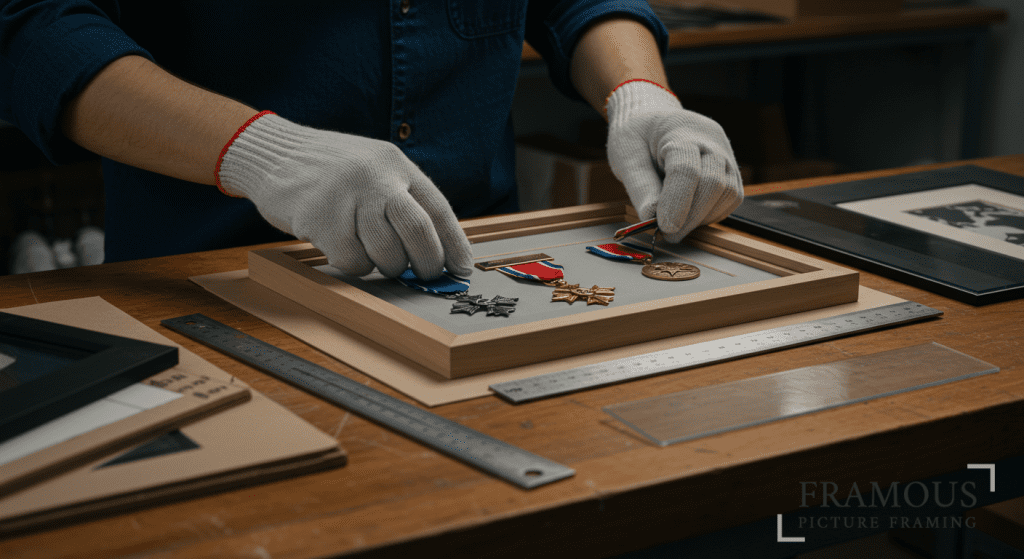
Quality memorabilia framing relies on a few key elements to protect against decay. Let’s break down these crucial components that make custom framing so special:
1– Archival (Acid-Free) Matting & Backing:
All mat boards and backing boards should be pH-neutral and acid-free. This prevents the yellowing or chemical burn that ordinary paper can cause to photos or documents.
For example, we use acid-free foamboard backing to support items, preventing them from bending, sagging, or deteriorating over time. The mat also keeps the artifact from touching the glass.
Always double-check your framer is using conservation-grade mats and backing boards.
2– UV-Filtering Glazing:
Sunlight and even indoor lighting contain ultraviolet (UV) rays that fade inks and dyes. Modern framing uses special glazing, either UV-blocking glass or acrylic, to act as a shield.
High-quality options include museum glass (with up to 99% UV-block) or Optium acrylic which shields your items from harmful sunlight. This glazing preserves colours and signatures so they stay crisp for many years. Non-reflective or anti-glare variants can also improve viewing.
3– Shadow Boxes & Spacers:
For any bulky or 3D item like a signed jersey, helmet or trophy, a standard flat frame won’t do.
Shadow boxes are deep frames (5–15 cm deep or more) designed to give objects room to breathe. The extra depth prevents the item from pressing against the glass and allows use of padded supports, clear frames, or Velcro to hold the piece securely.
Expert framers ensure the interior is sealed from dust and pests but also allow the right humidity exchange (sometimes with tiny vents) so moisture doesn’t build up inside. A well-designed shadow box can even include background fabrics, plaques or mini spotlights for effect.
4– Conservation-Grade Mounting (Non-Invasive):
The way the item is attached inside the frame is crucial. Professional framers use reversible mounting methods so your item remains unharmed.
Typical mounting techniques in modern memorabilia framing are:
- Hinging only the top edge of photos with acid-free linen tape (so gravity holds them flat) or using Mylar/photo corners.
- Fabrics might be secured with stitched ribbons or padded mounts.
- Metal items can be held by discreet pins or straps.
Importantly: do not tape or glue anything directly to your memorabilia. It can cause irreversible damage.
Even archival glues can become brittle or acidic. Always ask that your framer use clear acrylic strips, archival corners or linen hinges which can be undone in the future.
5– Custom Design & Finishing Touches:
Beyond preservation, custom framing lets you make a design that showcases your piece.
Framers will consult on frame style, mat colours, and even background fabrics to complement the item and your décor. For example, you might add laser-etched nameplates, team logos, or inscription plaques under a jersey. Double or contrasting mat layers can highlight details. The key is that the design flows with the item’s story. And a professional framer can offer sample mockups to get it right.
Like at Framous Picture Framing, our clients can choose from a huge library of wood and metal mouldings and mat textures to get the perfect look.
Together, these all these techniques and elements make up a museum-quality frame. The result is a display that both looks incredible and locks in your memories for generations.
Common Memorabilia Framing Mistakes to Avoid
It’s easy to make mistakes during the framing process that can lead to irreversible damage or poor presentation. To help ensure your items remain in perfect condition, here are some common mistakes to avoid:
- Using Tape, Glue or Non-Archival Mounts: Attaching items with ordinary tape or glue is a disaster. These materials contain acids or plasticisers that will leach into paper or fabric, causing stains, brittleness or discolouration over time. So, always opt for professional, reversible mounting methods.
- Skipping UV Protection: Many people hang framed items in well-lit rooms but overlook specialised glass. This is a costly oversight as UV rays cause vibrant inks and dyes to fade quickly. So, make sure the framer offers UV-filtering glazing (glass or acrylic).
- Cheap Frames and Mats: It’s tempting to save money on mass-market frames or mats, but low-quality materials mostly break down and harm your keepsake. Non-archival mats and boards can yellow and become acidic within years. Cheap glass will scratch easily. So, better invest once in archival materials that will last decades.
- Frames Too Shallow: Putting a heavy or 3D item in a frame that isn’t deep enough will eventually crush or warp the piece. For example, a bulky jersey needs a shadow box at least 50–100 mm deep. Otherwise, the fabric will press against the glass and trap moisture. Always ensure there is enough space. If in doubt, reach out to us, we will specify the correct depth or recommend spacers between the item and glass.
- Overlooking Professional Expertise: Finally, don’t underestimate the value of experience. Memorabilia framing involves subtle skills that casual DIY framing kits don’t provide. Trying to frame a high-value or odd-shaped item at home might save money but can result in misalignment, loose mounting, or worse. A professional framer has the tools and knowledge to handle fragile items without damage. So, when an item is irreplaceable, it’s worth trusting the specialists.
Memorabilia Framing Aftercare: Simple Display & Preservation Tips
Framing protects your keepsake but display and care decide how long it lasts. Follow these simple, effective steps to keep framed memorabilia in top condition.
- Keep out of direct sunlight: Even with UV glazing, prolonged sun exposure warms and fades materials. Hang frames away from south- or west-facing windows; indirect light is fine.
- Avoid damp, hot or fluctuating environments: Don’t display valuable pieces in bathrooms, damp basements or next to HVAC vents. Aim for stable indoor humidity around 40–50%.
- Clean gently and safely: Dust regularly with a soft, dry cloth or microfiber duster. Clean glass by spraying an ammonia-free cleaner on the cloth (not the glass) and wipe gently. Never use harsh chemicals on mats, wood or old paper.
- Inspect annually: Check the backing, hanging hardware and inside the frame for signs of moisture, mould, insect damage or shifting. If you see spots or deterioration, take the piece to a framer right away.
- Store correctly when not on display: Store frames upright in a cool, dry place. Use acid-free interleaving paper between stacked frames and wrap with cloth or bubble wrap — never lay heavy items flat on top. Keep COAs and provenance documents in archival sleeves or a labelled pouch (some framers can attach one to the back of the frame).
- Rotate displays for light-sensitive items: For very precious photos or textiles, consider rotating them into storage periodically to reduce cumulative light exposure.
Are you looking to truly preserve your one-of-a-kind treasures?
Choose Framous Picture Framing – Perth’s Memorabilia Framing Experts
Your valuable keepsakes deserve to be treated with the utmost care and displayed in a way that highlights their significance.
At Framous Picture Framing, we specialise in custom framing solutions that not only protect your memorabilia but also enhance its beauty. From UV-resistant glass to personalised frame designs, we ensure that your items stay safe for generations to come. Here’s how:
- Decades of Experience: Framous Perth framing studio has been crafting custom frames since 1985.
- Museum-Quality Framing Specialists: We focus on high-end conservation framing, especially for sports, military and entertainment memorabilia. Be it a AFL jersey, medals or a signed poster, our team uses only archival materials and tried-and-true methods.
- Huge Selection of Materials: Our showroom carries a vast range of mouldings, mats, glasses and fabrics. From 100% cotton rag mats to shatterproof UV acrylic, we have the perfect supplies for any project.
- We Can Frame Any Item: Oversized jersey? 3D jersey? Fragile antique? No problem. We custom-build shadow boxes and mounts for even the toughest items. Every project is handled with expert care.
So, let us help you preserve the memories that matter most to you.
Get Your Custom Framing Consultation Today
FAQs About Modern Memorabilia Framing
Q1: What is the meaning of memorabilia?
Memorabilia refers to objects or items that are collected because of their historical, cultural, or sentimental value. These can include sports items, signed merchandise, photographs, medals, or any keepsake that holds significance.
Q2: How much does memorabilia framing cost in Perth?
Framing memorabilia in Perth can cost anywhere from $200 to $600 or more, depending on the complexity of the design, materials used, and size.
Q3: How long does the framing process take?
Typically, the framing process takes between 2 to 4 weeks, depending on the complexity of the framing, availability of materials, and the specific design. Custom frames with special features like UV-resistant glass or shadow boxes may take a bit longer.
Q4: Can you frame oversized or 3D items like jerseys or sports equipment?
Yes. Custom framing is perfect for oversized items like jerseys, sports equipment, or large posters. Frames can be tailored to fit the exact size and shape of your memorabilia, including 3D items like sports jerseys and helmets.
Q5: Can I frame fragile or antique items?
Yes! Fragile or antique items require extra care and attention. Professional framers in Perth use specialised mounting techniques and archival-quality materials to ensure that your delicate memorabilia is safely framed and preserved without causing any damage.
Q6: Is memorabilia worth the investment?
Yes, memorabilia can be a valuable investment, especially when it holds historical, cultural, or personal significance. Items like autographed sports gear, rare collectibles, or family heirlooms not only have sentimental value but can appreciate over time.
Q7: Does framing memorabilia increase the value?
Framing memorabilia can enhance both its perceived and actual value. A professionally framed item not only preserves its condition but also presents it in a way that increases its visual appeal.




